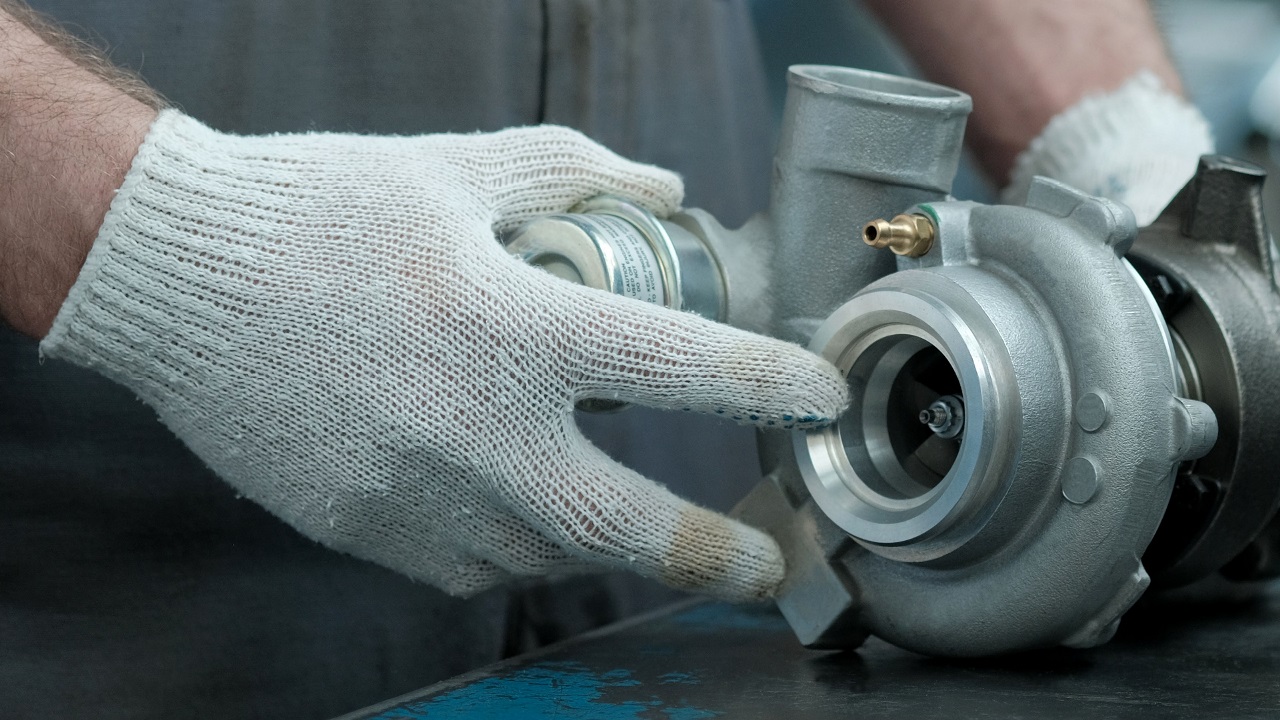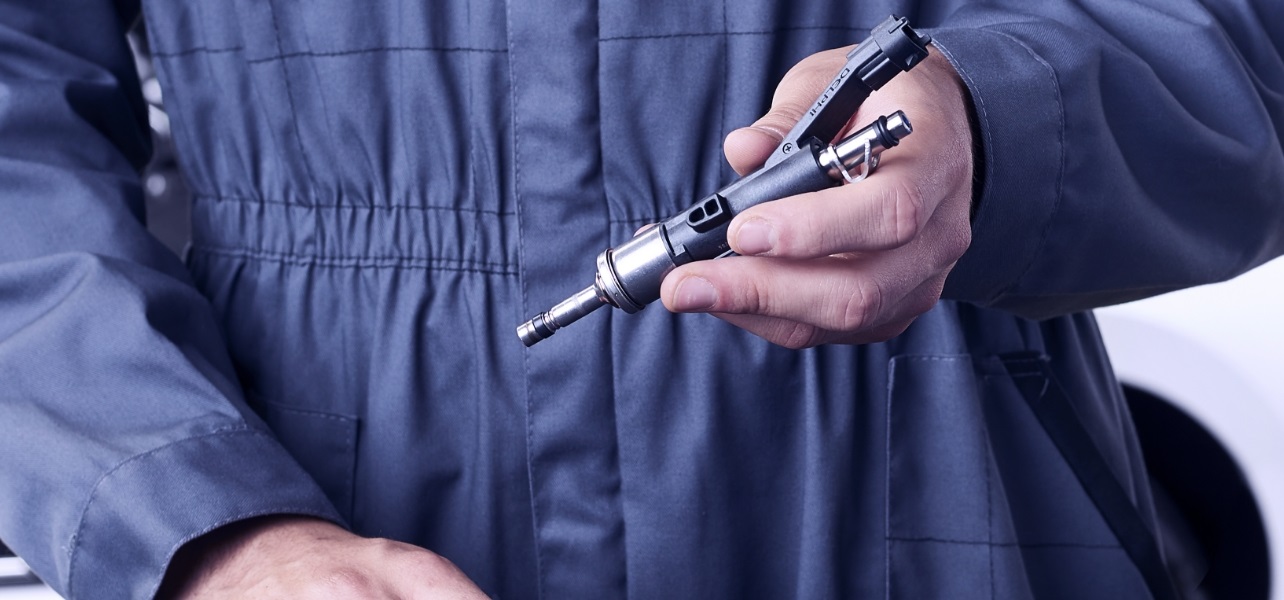Resource Highlights

The role of the exhaust system
The main role of the exhaust system is to collect the gases and other substances that come out of the engine combustion process and carry them away from the engine so it can run more efficiently. The exhaust system then turns these harmful gases into safer, less pollutant compounds before releasing them through the tail pipe.
Running the gases through an exhaust system also helps to reduce the noise of the engine, and it keeps vehicle passengers safe by directing the harmful fumes away from them.
The different parts of an exhaust system
There are several key components inside the exhaust system which together clean the exhaust gases and help keep the engine running.
Exhaust manifold
The manifold collects the exhaust gases from cylinders around the engine and puts them into one pipe. Typically, these tubular manifolds converge into a collector which passes the gases down the system.
Exhaust gas recirculation (EGR) valve
This part helps reduce the amount of nitrogen oxides (NOx) being emitted from the exhaust by putting some of the exhaust gases back into the combustion chambers through the intake manifold. This lowers the temperature of combustion and reduces the amount of NOx being produced. The EGR controls how much goes back in, depending on the engine temperature and load.
Turbocharger
Turbocharged vehicles use exhaust gases to drive a turbine, which drives a compressor to pull more air into the engine so it can produce more power.
Lean NOx trap (LNT)
The lean NOx trap uses metal catalysts and adsorbents to act upon nitrogen oxides and reduce them to nitrogen, while some of the NOx gets turned into ammonia, which can be used down the system to further reduce harmful emissions.
Diesel particulate filter (DPF)
Diesel particulate matter or soot is captured in the DPF. The filter oxidises or burns trapped particles until they’re small enough to pass through. Buildup of soot that can’t be broken down may cause exhaust gas pressure to build up, so this component may need regular inspection.
Selective catalytic reduction (SCR) system
Diesel exhaust fluid or DEF, commonly known as Adblue, is sprayed into the exhaust system. The DEF contains urea which releases ammonia at high temperatures inside the exhaust. The ammonia separates nitrogen oxides into nitrogen and oxygen before they’re expelled from the exhaust.
Diesel oxidation catalyst (DOC)
This uses oxygen in the exhaust to remove carbon monoxide, turning it into carbon dioxide and water. It also reduces the amount of hydrocarbons in the gas, making the resulting emissions cleaner.
Along with these parts, there are various sensors along the way to ensure conditions like the temperature and pressure are within the most efficient and safe parameters, and to check on the levels of the pollutants still present in the gas as it passes through each component.
Check out our range of exhaust gas temperature sensors – long-lasting, high performance parts designed to help vehicles meet increasingly stringent emissions standards.
How does the car exhaust system work?
In the car exhaust system, the exhaust gases generated in the engine pass to the exhaust manifold, and then past the EGR which dilutes the air/fuel mixture. This causes a slower burn and lowers the temperature – the first step in decreasing NOx emissions.
The gases continue their way down the exhaust, through a series of checks by the sensors, and are filtered as they go by the DPF and LNT. These different filters slow down the progress of the gases and chemically transform them into safer products like oxygen and carbon dioxide.
The exhaust system also acts to divert the dangerous gases away from the people travelling inside the vehicle. By bouncing the gases along back and forth through the exhausts, it also reduces the noise level.
See our guide to how the exhaust system works for a more in-depth analysis.
Taking care of the exhaust system
Drivers and technicians alike can take steps to ensure proper maintenance of the vehicle.
Drivers should check the levels of engine additives, including Adblue and Eolys DPF fluid – and top up the former themselves if needed. Insufficient Adblue will prevent the vehicle from keying on. (It may not even start once the Adblue has been replaced – a technician may need to reset the warning using a diagnostic tool.)
Drivers can also:
- Have any abnormal engine noises checked out.
- Deal with engine warning lights as and when they occur.
Technicians should:
- Refill the Eolys fluid when needed.
- Test for leaks from manufacturing welds, sensors and other potential structural weaknesses.
- Test by blocking the exhaust with a hand wearing adequate protection against the heat. A feeling of pressure and the engine petering out means no leak.
- Check the exhaust system is secure on its rubber mounts – they can crack and cause the exhaust parts to tilt.
- Run an emissions test on the vehicle to ensure everything is in working order.
Keep exhaust parts in good working order
Delphi has all you need to keep vehicle exhausts in top condition. Check out our range of parts – and learn more about keeping these finely tuned components in good nick with our range of online courses.
SIGN UP TO FIND MORE
Fill up your details to hear more from our experts and get the latest updates from Delphi.



